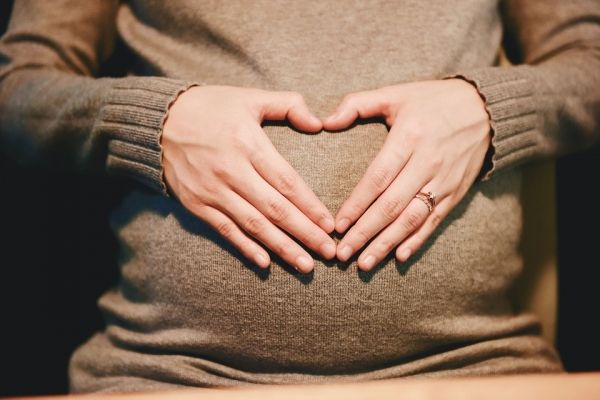Socio-economic position determines the environmental hazards—such as air pollution and noise—that pregnant women are exposed to in urban areas, although the nature of the association varies from city to city. This was the main conclusion of a new study conducted with the participation of the Barcelona Institute for Global Health (ISGlobal), a centre supported by the ”la Caixa” Banking Foundation.
The urban exposome is the set of environmental factors that an individual is exposed to in an urban environment over the course of his or her life. These factors include air pollution, noise, meteorological factors and contact with green spaces. The unequal exposure to different factors depending on social, economic and demographic factors is known as environmental inequality.
The study forms part of the HELIX project and was recently published in Environmental Health Perspectives. The primary aim was to describe the urban exposome of 30,000 pregnant women in nine European urban areas: Bradford (United Kingdom); Poitiers and Nancy (France); Sabadell, Valencia and Gipuzkoa (Spain); Kaunas (Lithuania); Oslo (Norway); and Rhea (Greece). The study found associations between participants’ socio-economic status and 28 environmental indicators, including exposure to air pollutants (nitrogen dioxide and suspended particles less than 2.5 µm and 10 µm in diameter), traffic noise, proximity to natural spaces, public transport, facilities and walkability.
Read more at Barcelona Institute for Global Health (ISGlobal)
Photo Credit: StockSnap via Pixabay


